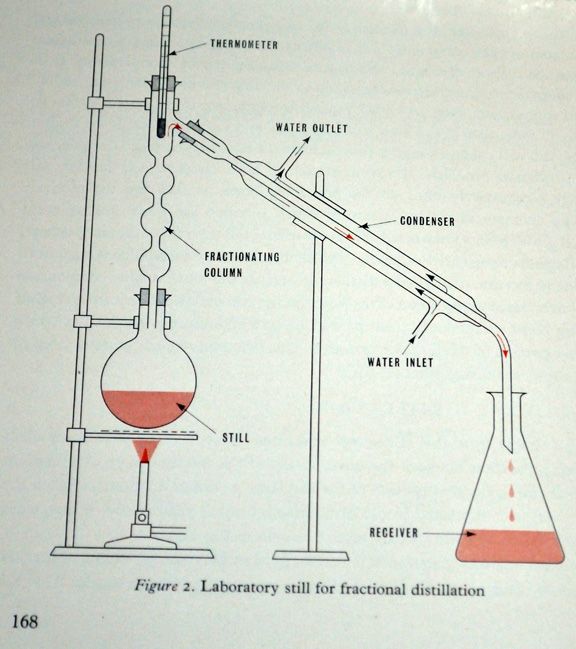Excess Gas Burner Ideas
Hi All,
Any ideas on a good burner design for excess gasses? i am working on a 400ltr retort system and i am looking for a burner design that can handle the volume of the excess gasses and if possible a design for an enclosed burner system where the flame is not visible.
My last outfits were small and the excess gasses were just burned off a regular 1/2 inch pipe with flames visible...this time i want the flames to be contained in a pipe or in some way, not visible... Any ideas??
Hi All,
Any ideas on a good burner design for excess gasses? i am working on a 400ltr retort system and i am looking for a burner design that can handle the volume of the excess gasses and if possible a design for an enclosed burner system where the flame is not visible.
My last outfits were small and the excess gasses were just burned off a regular 1/2 inch pipe with flames visible...this time i want the flames to be contained in a pipe or in some way, not visible... Any ideas??


Comment